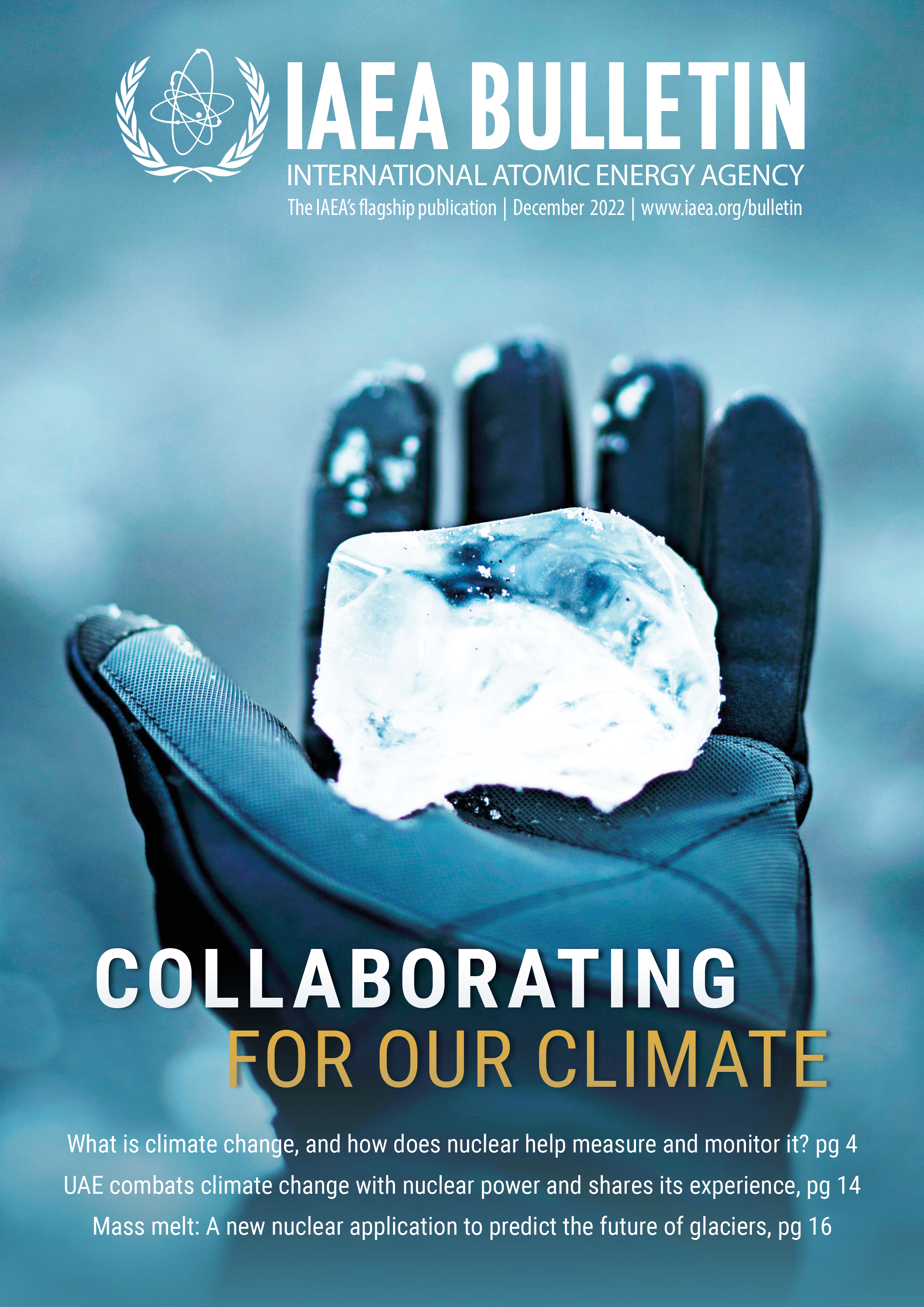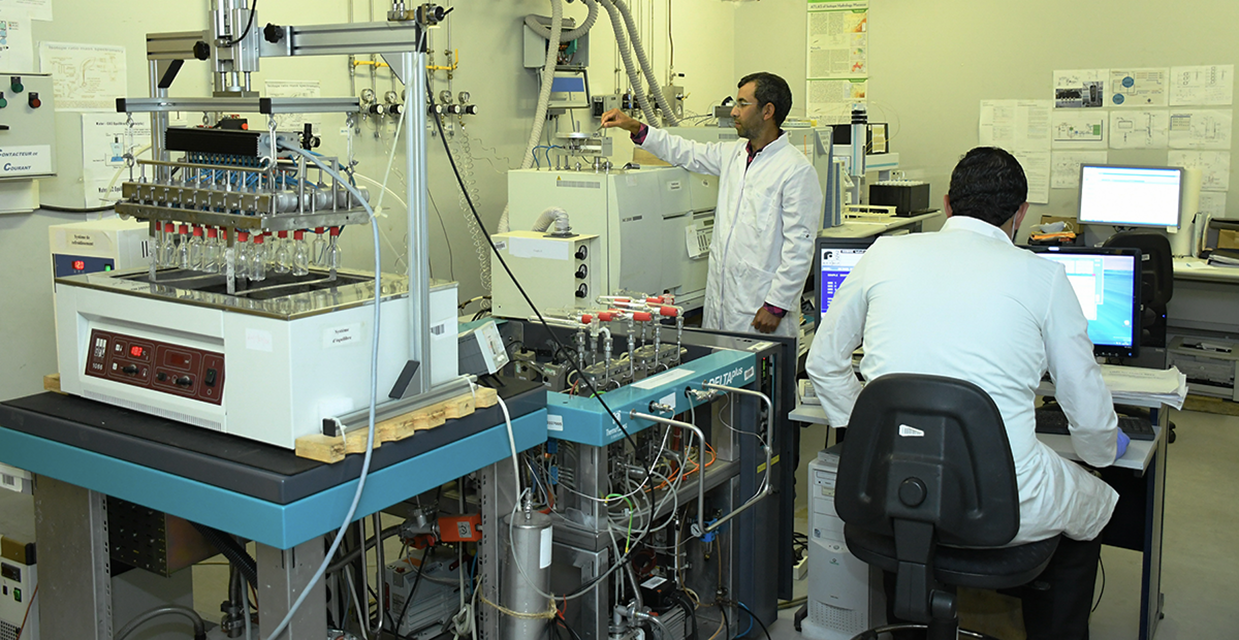Growing analytical capacity
As in many scientific fields, the application of isotope hydrology tools and analysis requires building capacity.
When Hamid Marah first began working in the field of water resource management in Morocco in the 1990s, water samples had to be sent to countries outside of Africa for analysis. There were no laboratories in Africa that had the capability to analyse stable isotope compositions, said Marah, Scientific Director at Morocco’s National Centre for Nuclear Energy, Sciences and Technology (CNESTEN). “Thanks to IAEA support, over the years the capabilities of the continent have been enhanced, and we now have several laboratories in Africa that can analyse isotopes reliably.”
Through the IAEA’s technical cooperation programme and coordinated research projects, isotope hydrology tools are spreading across Africa, enabling scientists to sustainably tap into groundwater resources. Over the past ten years, almost half of the IAEA’s climate change adaptation projects, including water resource management projects, have taken place in Africa. Countries such as Morocco and Tunisia are playing a leading role in the application of isotope techniques across the continent and the Middle East.
Since 2009, LARAE and CNESTEN have been AFRA regional designated centres, and in 2015 CNESTEN became an IAEA Collaborating Centre focusing on water resources assessment and management. AFRA, which stands for the African Regional Co-operative Agreement for Research, Development and Training related to Nuclear Science and Technology, is an intergovernmental agreement established by African countries to strengthen and enlarge the contribution of nuclear science and technology to socio-economic development on the African continent. LARAE and CNESTEN regularly train scientists from across Africa and the Middle East and have carried out thousands of isotope analyses for national hydrological studies and IAEA-supported projects, which aim to address water availability and quality issues related to aquifers and basins.
In a 2020 study, for example, groundwater samples from an aquifer in central-west Tunisia were analysed by LARAE for chemical and isotopic measurements. In recent decades, the expansion and development of irrigated agriculture has depleted surface water resources. The study helped to determine the groundwater’s suitability for drinking and irrigation, and identified sources of salinity variation. The study, which was supported by the IAEA through a coordinated research project, was published in the journal Agriculture, Ecosystems & Environment in June 2021.
There will be an opportunity to learn more about groundwater resources and their role in climate change adaptation and mitigation at the IAEA’s International Symposium on Isotope Hydrology, to be held from 3 to 7 July 2023 in Vienna, Austria.

